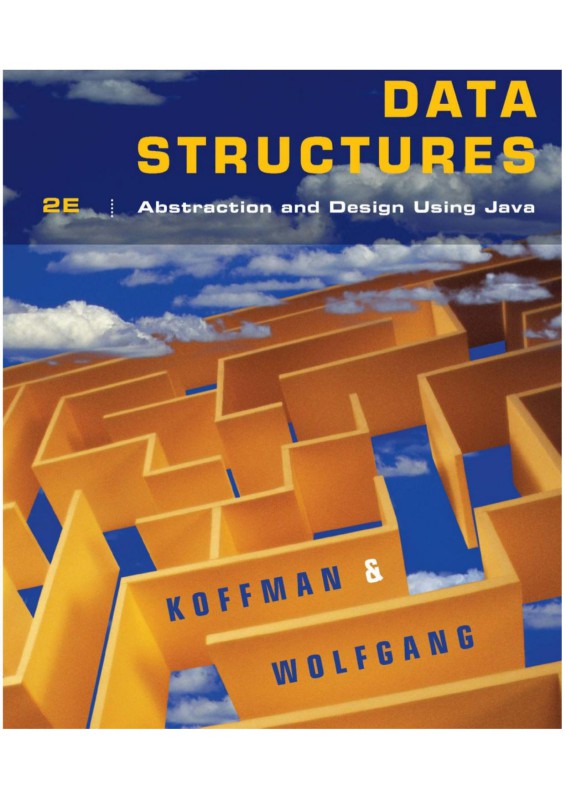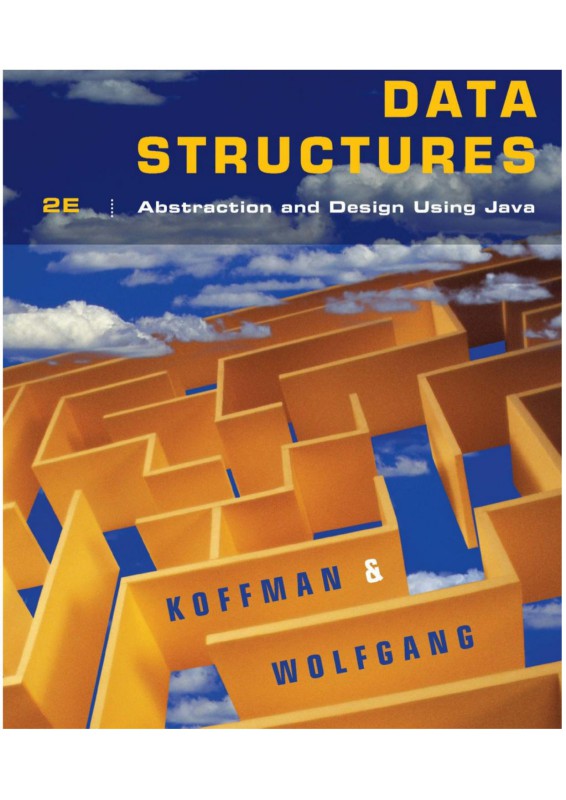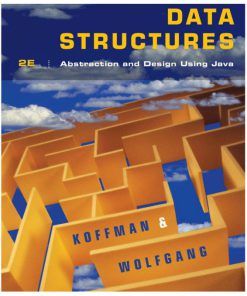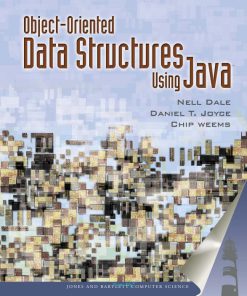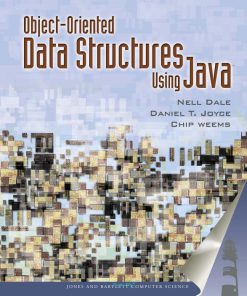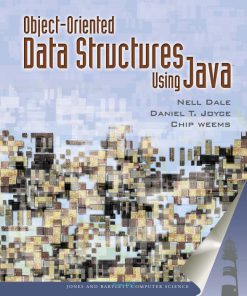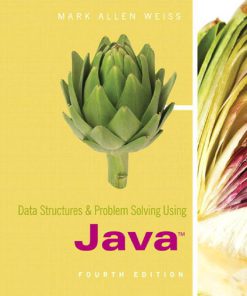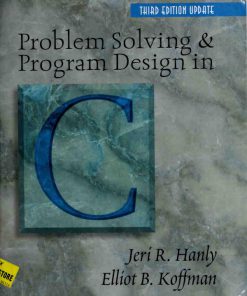Data Structures Abstraction and Design Using Java 1st edition by Elliot Koffman, Paul Wolfgang ISBN 0470128704 978-0470128701
Original price was: $50.00.$25.00Current price is: $25.00.
Authors:Elliot B. Koffman; Paul A. T. Wolfgang , Series:IT & Computer [501] , Tags:Computers; Languages; Java; Programming; General , Author sort:Koffman, Elliot B. & Wolfgang, Paul A. T. , Ids:Google; 9781119703617 , Languages:Languages:eng , Published:Published:Feb 2021 , Publisher:John Wiley & Sons , Comments:Comments:Data Structures: Abstraction and Design Using Java offers a coherent and well-balanced presentation of data structure implementation and data structure applications with a strong emphasis on problem solving and software design. Step-by-step, the authors introduce each new data structure as an abstract data type (ADT), explain its underlying theory and computational complexity, provide its specification in the form of a Java interface, and demonstrate its implementation as one or more Java classes. Case studies using the data structures covered in the chapter show complete and detailed solutions to real-world problems, while a variety of software design tools are discussed to help students “Think, then code.†The book supplements its rigorous coverage of basic data structures and algorithms with chapters on sets and maps, balanced binary search trees, graphs, event-oriented programming, testing and debugging, and other key topics. Now available as an enhanced e-book, the fourth edition of Data Structures: Abstraction and Design Using Java enables students to measure their progress after completing each section through interactive questions, quick-check questions, and review questions.

